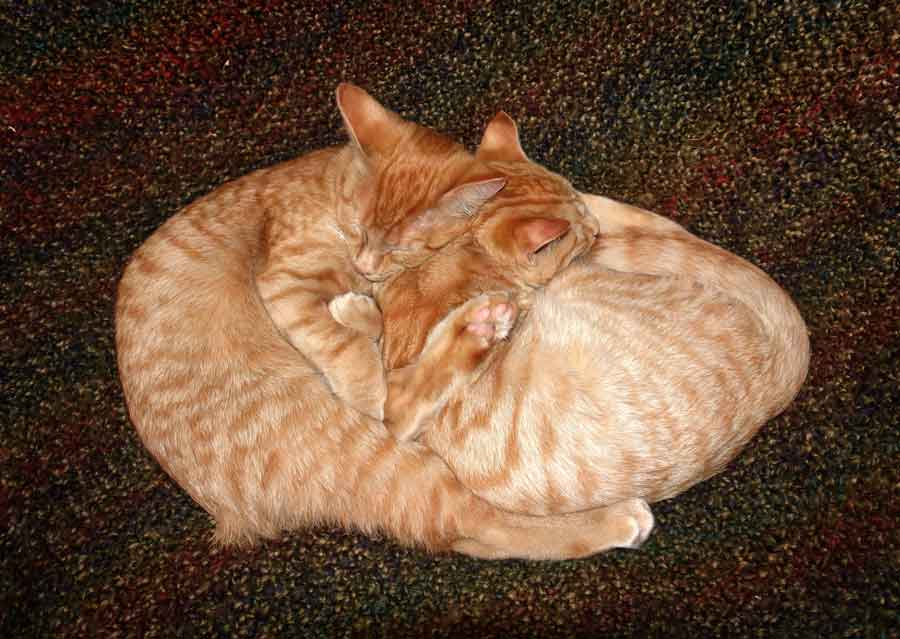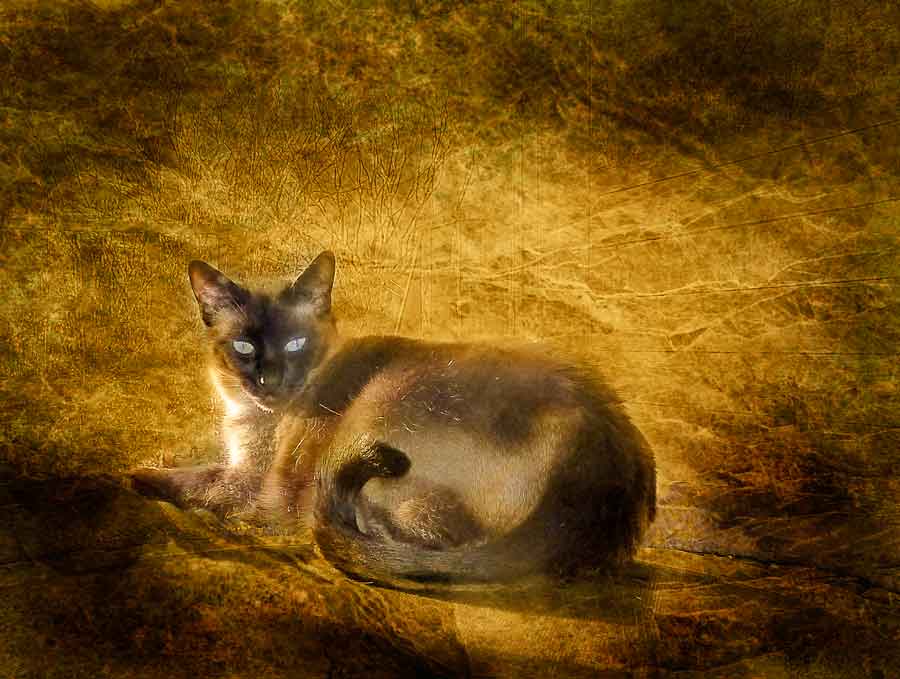When spring comes, turtles go on the move, some with wanderlust, some looking for better homes, many seeking the ideal place to lay their eggs. Unfortunately their paths too often involves crossing a road.

Mature snapping turtle heading for a busy road.
Turtles and cars have a speed differential, resulting in flattened turtles and drivers oblivious to the damage that have just inflicted. Or not so oblivious. Drivers have been known to deliberately target some slow turtle trudging across the pavement. Turtle lovers put up a road sign asking drivers to be careful. In the dark of night some jokester removed the “Don’t” from the plea so the whole sign had to come down. So much for consideration!


Snapping turtles especially like open gravelled spots to lay their eggs which makes them partial to road shoulders. If they do succeed in digging a hole to lay their eggs, they then have to make the perilous journey back to the marshes where the lie in wait under water, looking like a rock, until some unaware fish or frog swims into the lightning snap of the turtle’s jaws. These turtles can live over fifty years and don’t lay eggs until they are ten to twenty years old. This makes the road death of even one of these mature females on the road a significant loss.

Female snapping turtle, probably about thirty years old, laying eggs in a nest she has just dug in roadside gravel. Not the best of places.

Turtle nest after it has been raided by a skunk or raccoon. Only eggshells left.
Loss seems to be the word since, in recent years, I have seen a marked decrease in turtles attempting the road. So fewer turtle nests, fewer little turtles to carry on. Even fewer snacks for the skunks and raccoons always waiting to dig up turtle eggs as soon as they are laid.

Little painted turtle gets a lift across the road and is saved for another year.
So what can be done? At the very least, stop and help a turtle, small or big, across the road. Help it in the direction it is already heading or it will just turn to the road again. Wish it good luck as it waddles off into toward an unknown destination. And hope to see baby turtles someday soon ready to carry the species on so you can still see turtles another day.
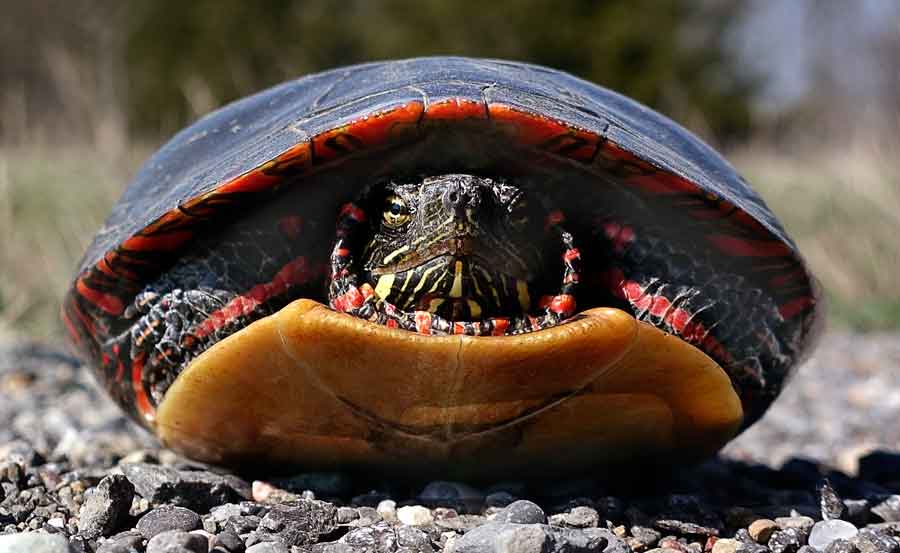















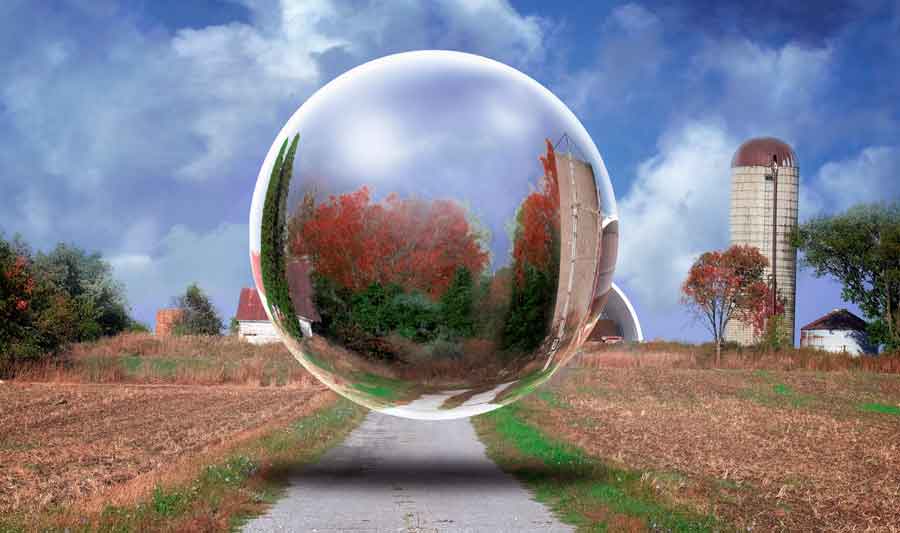

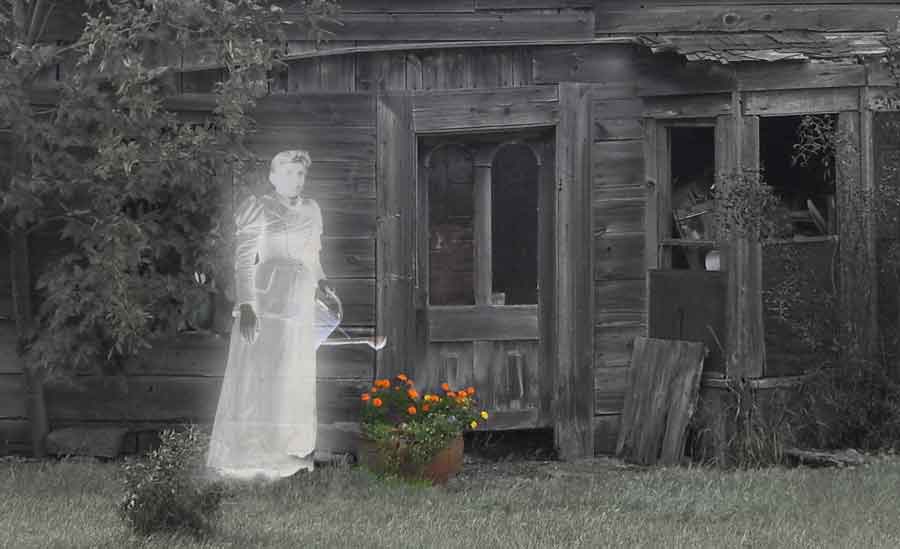





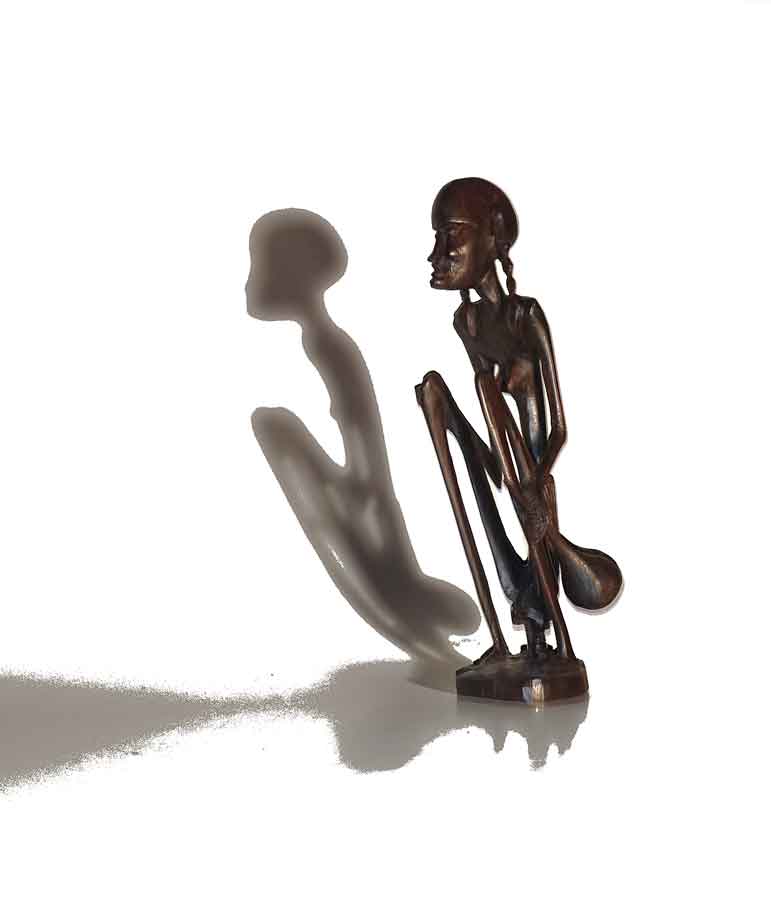 Next I found a straw figure and decided she was the Fish Goddess worshiped by pair of wooden mannequins. She is suitable pleased about their adoration. Perhaps she will give them her fish.
Next I found a straw figure and decided she was the Fish Goddess worshiped by pair of wooden mannequins. She is suitable pleased about their adoration. Perhaps she will give them her fish.



















